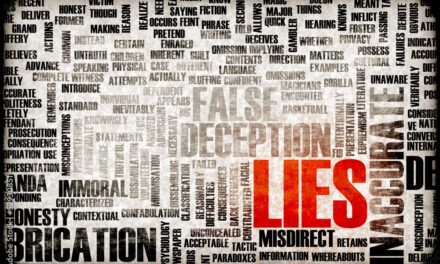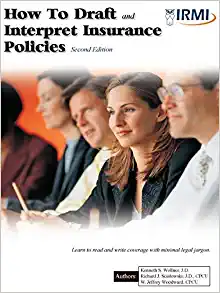This story is being told as background to the next post. It pertains to Stanley Chesley, a “Madoffian” rip off artist, at least in his aging years.
Lawyers stole substantially more than $100M from their client early-ish in this century. Those involved were disbarred, and two of them went to prison. Good riddance.
In nearly November of 2011, a long time after the actions of the avaricious plot were uncovered, and the punishment of the other conspirators had begun, the Kentucky Supreme Court got around to punishing the district judge who was involved by disbarring him. See Kentucky Bar Association v. Bamberger, 354 S.W. 3d (Ky. 2011). By then he was a retired judge, and the the Supreme Court as well as the Inquiry Commission of the State Bar said they could not locate.
Here is what he was charged with and found “guilty” of:
- The judge signed an order at a secret meeting with the lawyers that their fees were “reasonable and necessary, even though he has doubts. There was no hearing, and there was no contest.
- The order contains false statements, for example, it asserted that the judge was aware of the amount of the settlement. The judge had not seen to this, and there were several other false statements.
- The order stated that the judge had reviewed an accounting of the amounts allocated to the lawyers and their clients. The judge had not done this. The amounts were an enormous embezzlement as anyone–and it wouldn’t take a judge or even a lawyer–could see instantly, or, at least, immediately. These actions are as large a breach of fiduciary duties as, I think, I can recall having seen by a lawyer. One of the features of this case that is remarkable is that these idiots thought they could get away with it. Not only was the money involved enough to finance a medium sized law firm, there were simply too with many people involved–literally 100s with some of them “close in.” This observation applies to the judge.
- The order stated that the amounts had been distributed properly and in accordance with the original client-lawyer agreement. The judge had not done this.
- The judge ordered the clerk that the order he signed at this point and all the rest of the orders to be issued later in the case be sealed.
- The judge ordere the clerk to see to it that copies of the order and all further order be delivered only to the plaintiff’s lawyers, i.e., the lawyers appearing before him.
- The judge helped the plaintiff’s lawyers create a bogus nonprofit organization for their own benefit. Though it is not mentioned in this order, the plaintiffs’ lawyers being directors of the organization and of receiving substantial “salaries.” The clients of these lawyers were not notified and did not consent to the creation of this entity.
- The judge signed an order relinquishing all court authority over the supposed non-profit.
After his retirement, the judge accepted appointment as a director of the non-profit, and he received a “salary” of over $5k a month.
The judge did not “cross examine” a famous and fabulous shyster lawyer from Ohio, when he testified that the fee of the plaintiffs’ lawyers was reasonable.
In the end, the judge was found guilty of violating the state’s Rules of Professional Conduct, since he had knowingly assisted another lawyer in violating those Rules, and (2) he had engaged in forbidden conduct involved in “dishonesty, fraud, deceit, or misrepresentation.” Indeed, although the court does not say so, the judge has been guilty of all four of the components listed in #(2).
A famous and strikingly out-and-out “rich, rich” lawyer-swindler from Ohio was “let go,” by the Ohio Supreme Court in 2013. He had been involved in this plot up to his neck.





Recent Comments